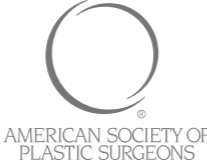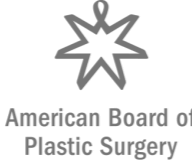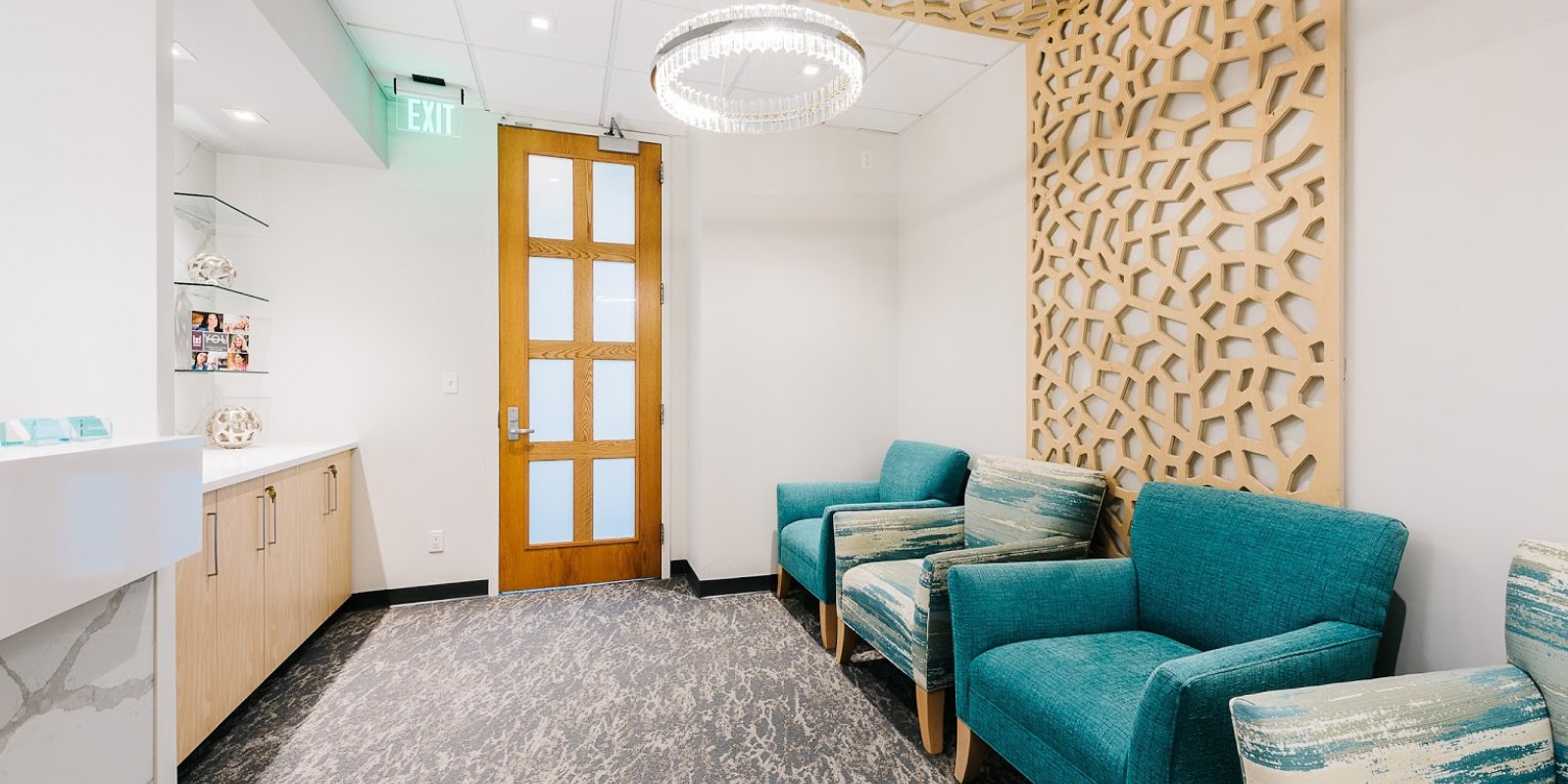Shop SkinBetter Products Here
BOSTON PLASTIC SURGERY
Shop SkinBetter Products Here
BOSTON PLASTIC SURGERY










Deep plane facelifts dissect beneath the SMAS and platysma muscle to free, elevate, and reposition the soft tissues of the cheek and neck. Both SMAS and deep plane facelifts are often combined with the repair of the platysma muscle in the midline of the neck. This is done through an incision under the chin and treats the bands created by the platysma muscle as well as tightening the muscle to give a youthful and angular appearance of the neck.
At Clareo Aesthetics, we perform both SMAS and Deep Plane facelifts and will discuss the relative benefits of each with our patients. However, we often prefer the natural-looking results and longevity of the deep plane facelift.


To be a candidate for a facelift, you need to be in good overall health. Any medical conditions such as high blood pressure and diabetes need to be well controlled. You should be at a healthy weight and maintain a healthy lifestyle. You should have a skin care regimen that you adhere to and includes moisturizer and sunscreen. You should not smoke; if you are a smoker, you need to be free of nicotine for thirty days prior to surgery. If you are prescribed blood thinners, you will need to be able to, at the direction of the physician prescribing the bold thinners, pause taking them around the time of surgery.
Good candidates have realistic expectations from surgery and want to achieve a more youthful and vibrant appearance rather than an overdone, tight appearance. You will need to dedicate time to recovery after surgery. Depending on what type of work you do and any other procedures you may have done at the time of your facelift, you should plan for two or more weeks out of work and six weeks of no strenuous activity.
You should maintain a healthy lifestyle and prepare for the recovery period after surgery. Your Clareo team will review your medical history and your prescription and over-the-counter medications. We will advise you which medications to pause before surgery and when to resume them afterward. Some patients will require an updated history and physical examination from their primary care provider as well as blood tests and an EKG.
You will receive detailed instructions on your post-operative care to review before surgery. Before surgery, your Clareo surgeon will prescribe any medications you need so that you can fill them and have them ready for you after surgery.
Your surgery will take place at a surgery center with a full staff of anesthesiologists, anesthetists, nurses, and scrub technicians to care for you. You will have received your pre- and post-operative instructions prior, which include fasting after midnight (unless you are instructed to take a medication with a sip of water). You will typically arrive at the surgery center early in the morning. Your surgery will take four to six hours, depending on what complementary procedures you are having. You will be ready for discharge to home approximately an hour to an hour and a half after the completion of the procedure.
Immediately after surgery, you will be cared for by our post-operative team at the surgery center. You will be discharged from the surgery center in the care of a family member or trusted friend. You should have someone stay with you for at least the evening of surgery. Your Clareo team will see you the day after surgery to check on you and change your bandages. Your sutures will be removed five to seven days after surgery. You will be swollen the first days after surgery, and some bruising is not uncommon. You should anticipate approximately ten days of social downtime; by the tenth day, much of the swelling and all of the bruising will have resolved.
You will continue to heal, and the subtle swelling present for two weeks will resolve within the first three months after surgery. Your scars will improve and fade the first year after surgery. The changes of a facelift are permanent, although the aging process marches on; therefore, maintaining a good skin care regimen and continuing with non and minimally invasive treatments will keep your results optimal.
The location of the scars depends on the technique your Clareo surgeon employs for you. Regardless of the technique, your Clareo surgeon will make every effort to locate the incisions and close the skin in ways to make the facelift scars as inconspicuous as possible. Once fully healed, the scars are almost always difficult to see and unnoticeable at a conversational distance.

At Clareo Aesthetics, our Boston plastic surgeonsserve men and women in Newton, Needham, Brookline, as well as the Greater New England area who desire private, personalized care in a luxurious environment with help from our prestigious medical team. Call (617) 793-7272 or chat with us online to schedule your private facelift consultation at Clareo Plastic Surgery today.
Shop SkinBetter Products Here
BOSTON PLASTIC SURGERY
